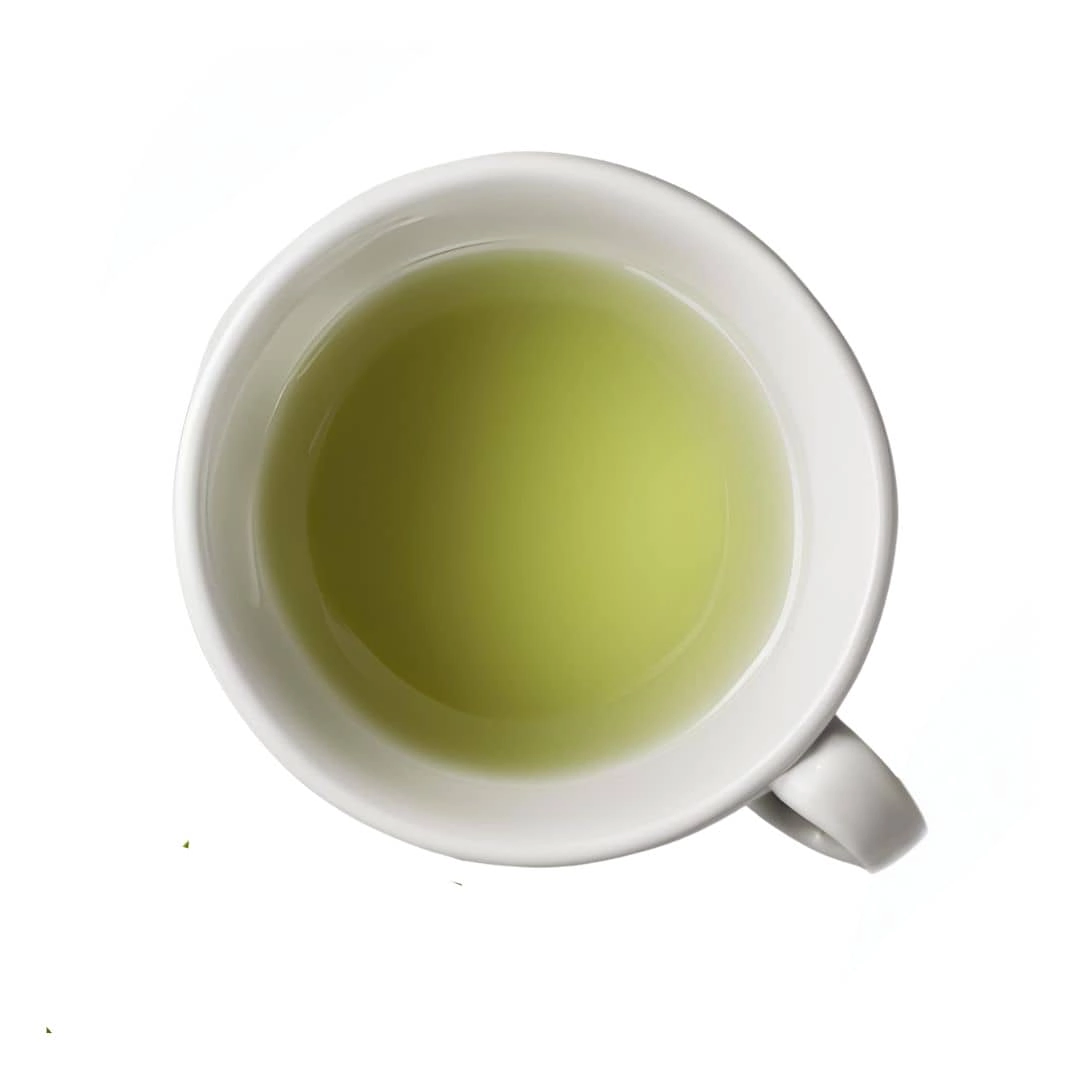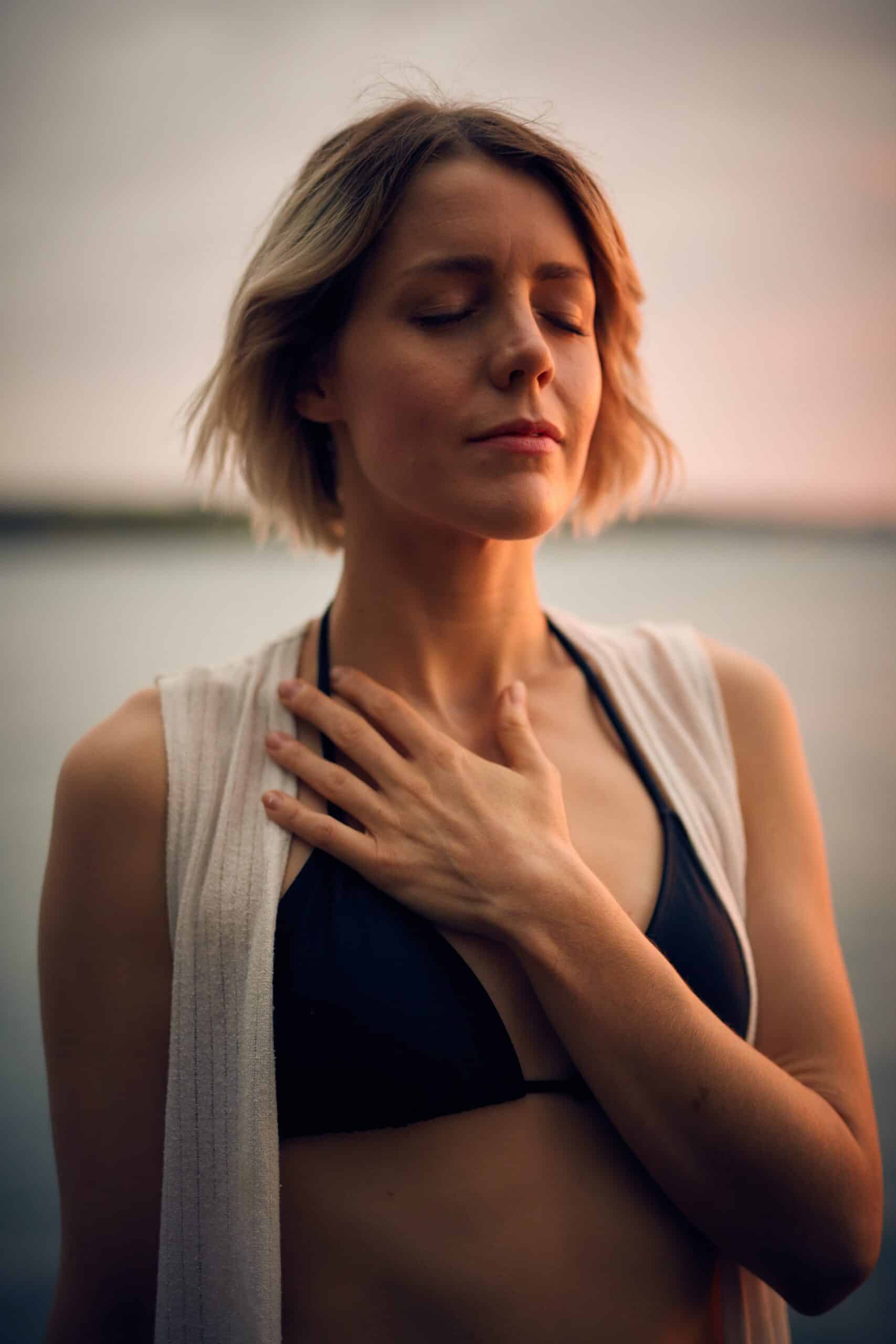The antioxidant-rich ritual your body will thank you for.
In a world full of wellness trends that come and go, green tea has earned its place as a timeless staple — and for good reason. This ancient brew has been revered for centuries in Eastern medicine, and today, science continues to back its powerful benefits. Whether you’re sipping it hot, iced, or infused in your skincare, green tea is more than just a daily ritual — it’s a glow-up in a cup.
In a world full of wellness trends that come and go, green tea has earned its place as a timeless staple — and for good reason. This ancient brew has been revered for centuries in Eastern medicine, and today, science continues to back its powerful benefits. Whether you’re sipping it hot, iced, or infused in your skincare, green tea is more than just a daily ritual — it’s a glow-up in a cup.


























